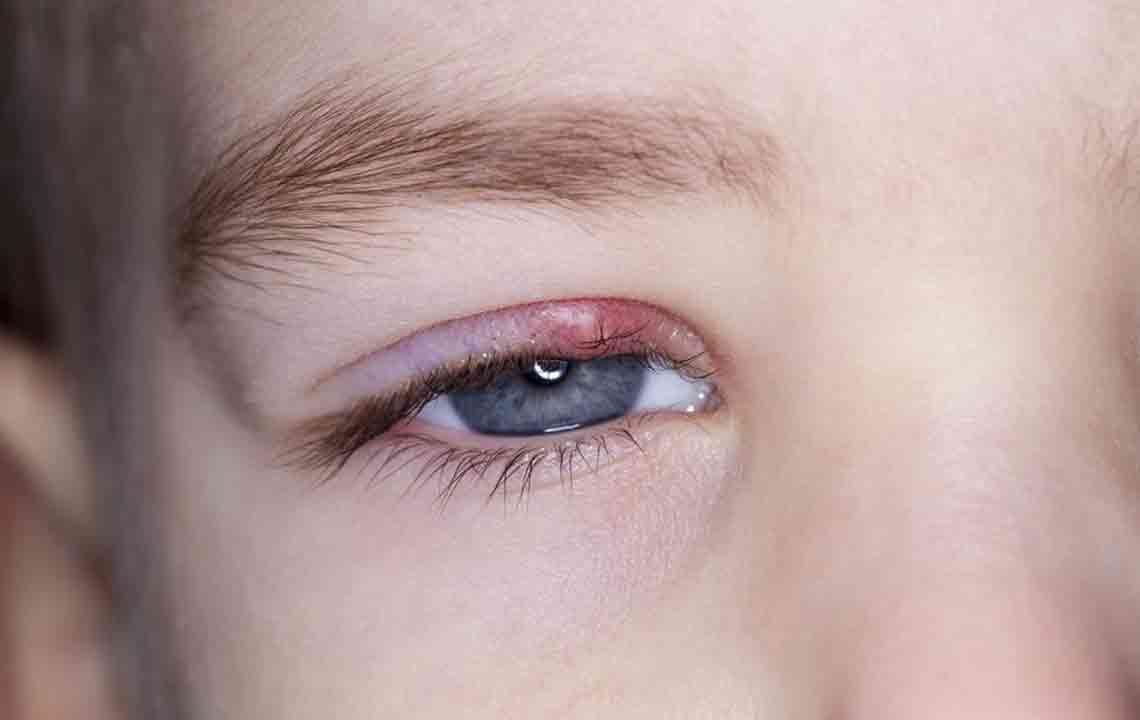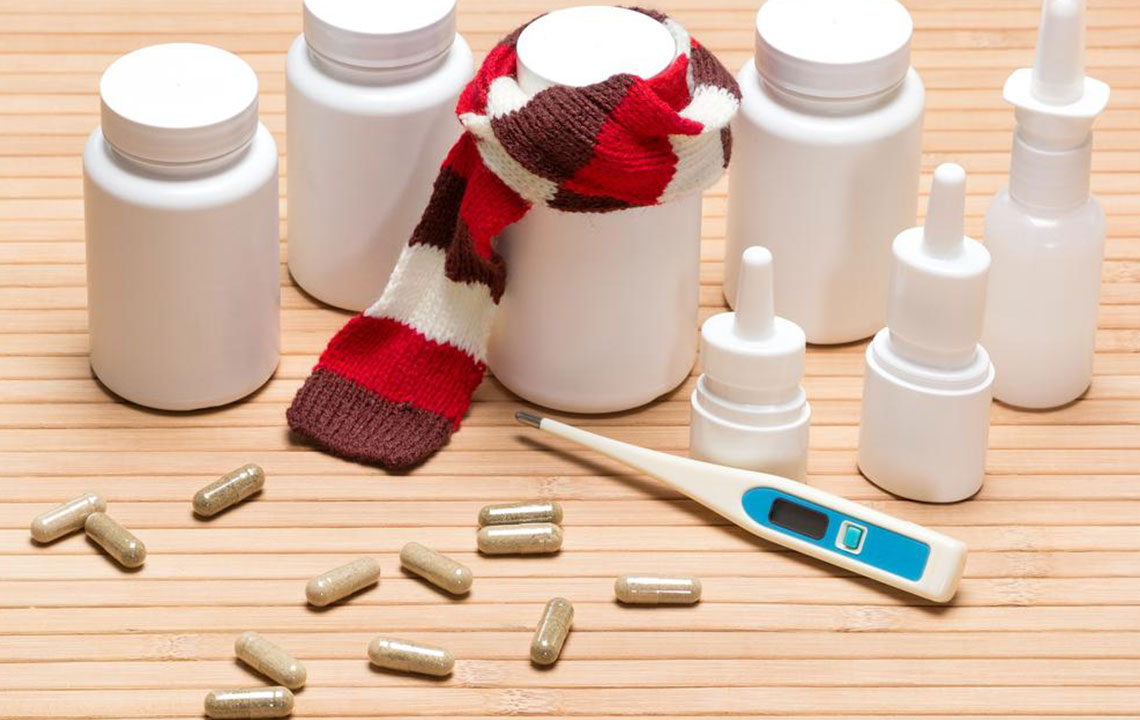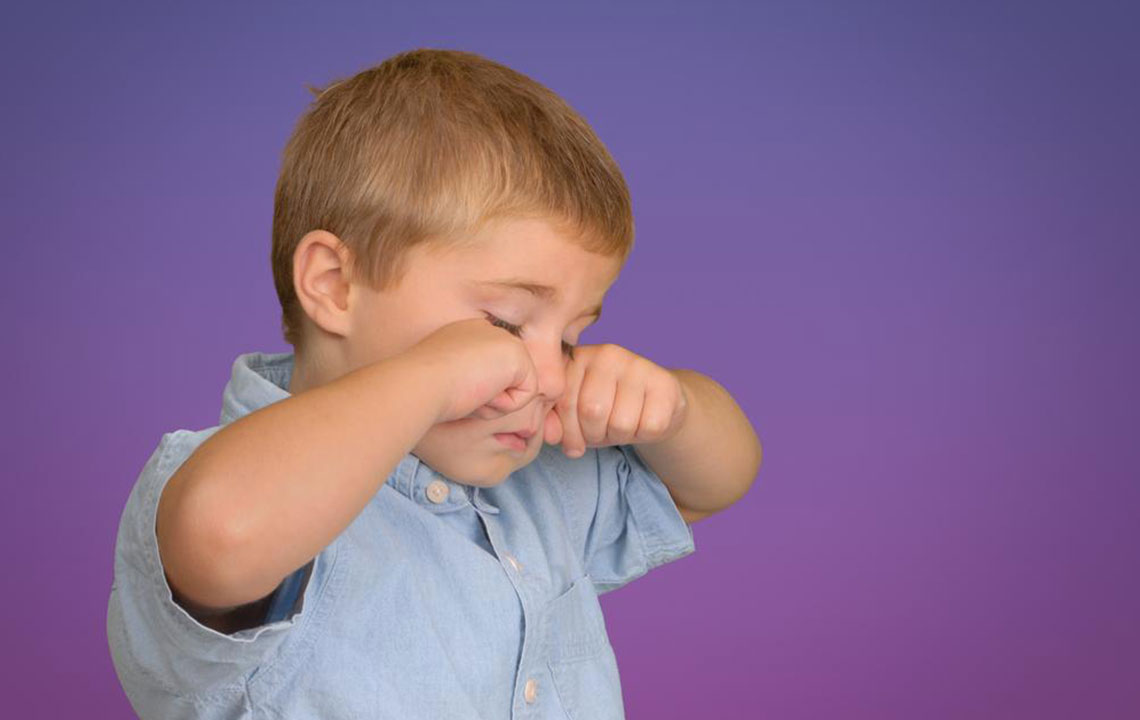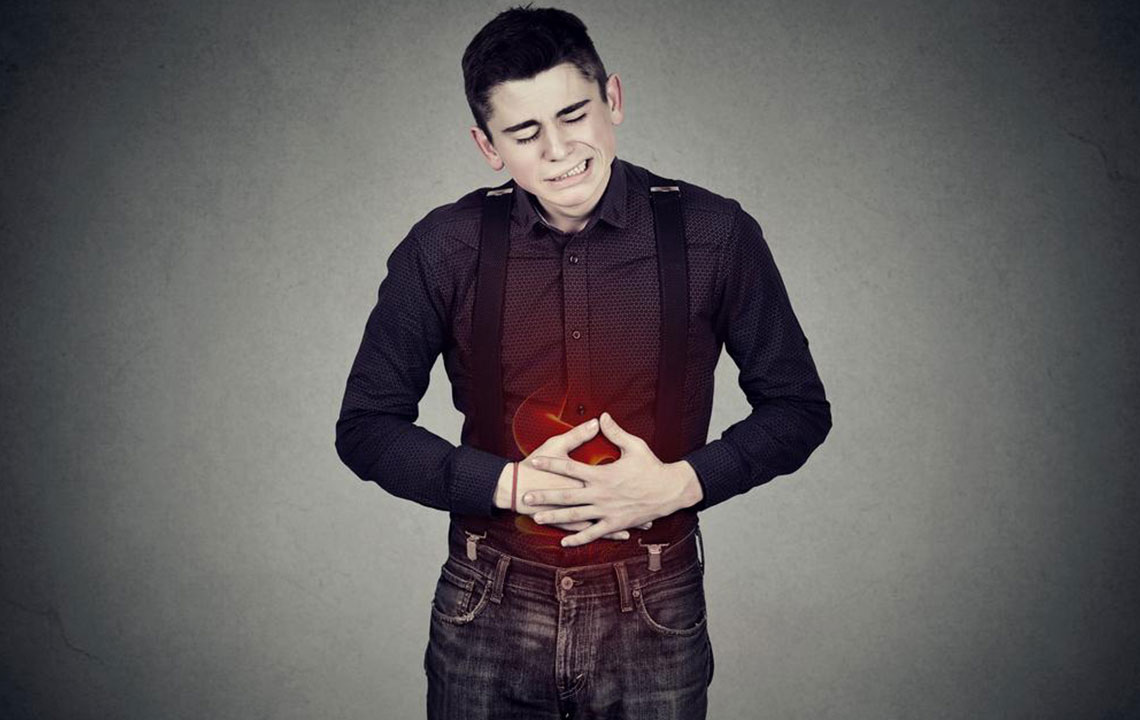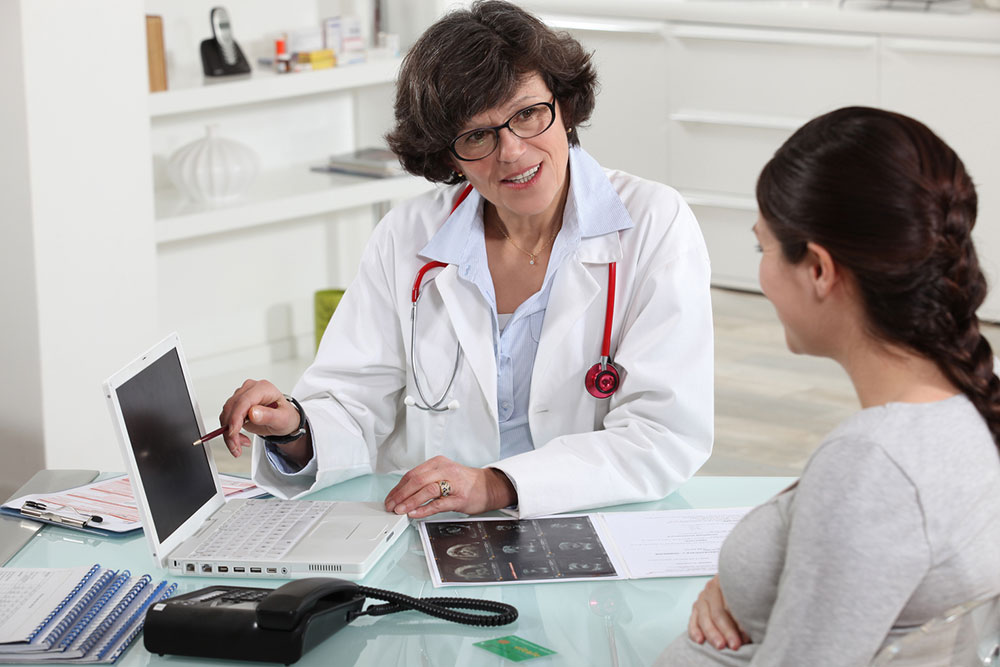Comprehensive Guide to Understanding Styes: Causes, Symptoms, and Prevention
This comprehensive guide explores the causes, symptoms, and prevention of styes, a common eyelid infection. Learn how bacterial infections develop, recognize early signs, and discover effective home remedies and when to seek professional help. Proper eye hygiene and prompt treatment are key to avoiding complications and ensuring eye comfort. Suitable for those experiencing recurring eye bumps or pain, this article offers valuable insights into managing and preventing styes for better eye health.
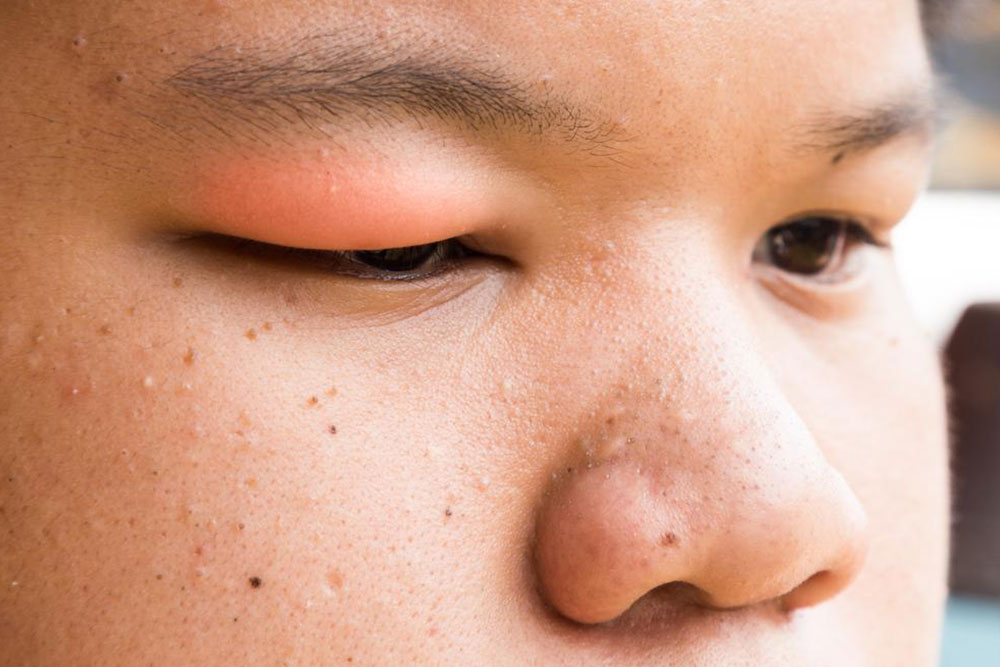
Comprehensive Guide to Understanding Styes: Causes, Symptoms, and Prevention
A stye, also known as a hordeolum, is a common yet bothersome eye condition characterized by the appearance of a small, often painful bump on or inside the eyelid. While frequently harmless, a stye can cause significant discomfort and temporary visual disturbances. This article aims to provide an in-depth understanding of what styes are, their underlying causes, typical symptoms, and the best approaches to treatment and prevention. By understanding these aspects, individuals can better identify early signs and seek timely medical attention to avoid complications.
Understanding What a Stye Is
A stye is essentially a localized abscess filled with pus that develops on or within the eyelid. It results from bacterial infection, most commonly caused by Staphylococcus bacteria, which normally exist harmlessly on our skin. When certain conditions favor bacterial growth, these bacteria infiltrate the oil glands or hair follicles located along the eyelid margin, leading to inflammation, infection, and the formation of a painful lump.
Styes are a prevalent condition, affecting people of all ages but are more commonly observed in young adults and middle-aged individuals. While they are generally temporary and resolve within a week or two, persistent or recurrent episodes may indicate underlying health issues requiring medical intervention.
Factors That Contribute to the Formation of Styes
Age Group and Underlying Conditions: People between the ages of 20 and 50 are more prone to develop styes. Those with certain health conditions, such as diabetes or high cholesterol levels, tend to have a higher tendency because these conditions can impair immune response and alter oil production in glands.
Poor Eye Hygiene: Failing to maintain proper eyelid hygiene increases the risk of bacterial accumulation on the eyelids. Dirt, oil, and dead skin cells can clog glands, creating an environment conducive to bacterial growth.
Skin Conditions and Allergies: Skin conditions like blepharitis (inflammation of eyelid margins) and allergic reactions can exacerbate eyelid inflammation, making the glands more susceptible to infections.
Touching or Rubbing Eyes: Frequently touching the eyes with unwashed hands can transfer bacteria, increasing the chances of infection.
Use of Contaminated Cosmetics or Contact Lenses: Sharing or improperly cleaning eye makeup and lenses can facilitate bacterial spread, raising the likelihood of stye development.
Other Contributing Factors: Conditions that cause eyelid inflammation or blockage of oil glands, such as chalazion, can predispose individuals to styes.
Where Do Styes Develop?
Styes can form on either the upper or lower eyelids, or even both simultaneously. They can appear as small, red bumps that may be tender or painful to the touch. The infection typically starts at the eyelid margin but can extend inward, causing swelling and discomfort.
There are different types of styes, including:
External Hordeolum: The most common type, occurring at the hair follicles of eyelashes, causing a localized bump along the eyelid margin.
Internal Hordeolum: When infection occurs in the meibomian glands located within the eyelid, often leading to more significant swelling and discomfort.
Chalazion: A related condition caused by blockage of oil-producing glands, which usually forms a painless lump that can sometimes be mistaken for a stye.
Recognizing the Symptoms of a Stye
Identifying an early stye can help prevent unnecessary discomfort and more serious complications. Typical symptoms include:
Localized Redness and Swelling: A small, reddish bump appears on or inside the eyelid. The affected area may feel tender or sore.
Pain and Tenderness: Discomfort usually intensifies as the infection progresses, especially when blinking or touching the eyelid.
Presence of a Pimple-like Lesion: A visible bump that resembles a pimple, often with a yellowish tip indicating abscess formation.
Swelling of the Eyelid: The entire eyelid may swell, especially if the infection spreads or if multiple styes develop.
Discomfort and Sensitivity: Increased sensitivity to light and tearing can accompany the swelling and pain.
Signs of Infection: If pus develops, it may drain from the lesion. In severe cases, swollen lymph nodes near the ears can be noticed due to immune response.
If you experience persistent symptoms, worsening pain, or vision disturbances, it is essential to seek medical advice promptly. Left untreated, a stye can sometimes lead to complications such as cellulitis (skin infection) or abscess formation.
When to Seek Medical Help
Most styes resolve on their own within a week or two with proper home care, including warm compresses and hygiene measures. However, medical intervention may be necessary in the following cases:
Stye persists longer than two weeks.
Recurrent episodes affecting the same or different parts of the eyelid.
Severe pain, swelling, or signs of spreading infection.
Vision problems, such as blurriness or double vision.
Inability to open the eyelid due to swelling or discomfort.
In such cases, a healthcare professional may prescribe antibiotics, perform incision and drainage if necessary, or recommend other treatment options to resolve the infection effectively.
In summary, understanding the causes and symptoms of styes is crucial for early detection and appropriate treatment. Maintaining good eyelid hygiene, avoiding eye contact with dirty hands, and seeking medical care when needed can effectively reduce the risk of recurrent infections and discomfort.
